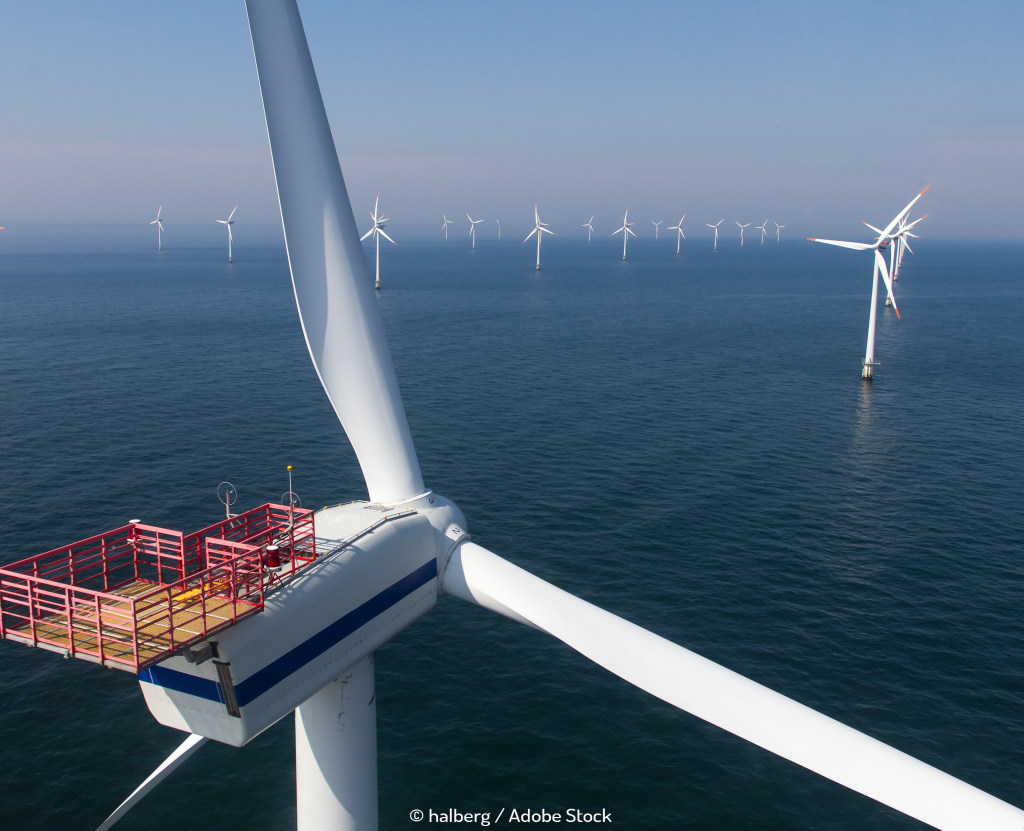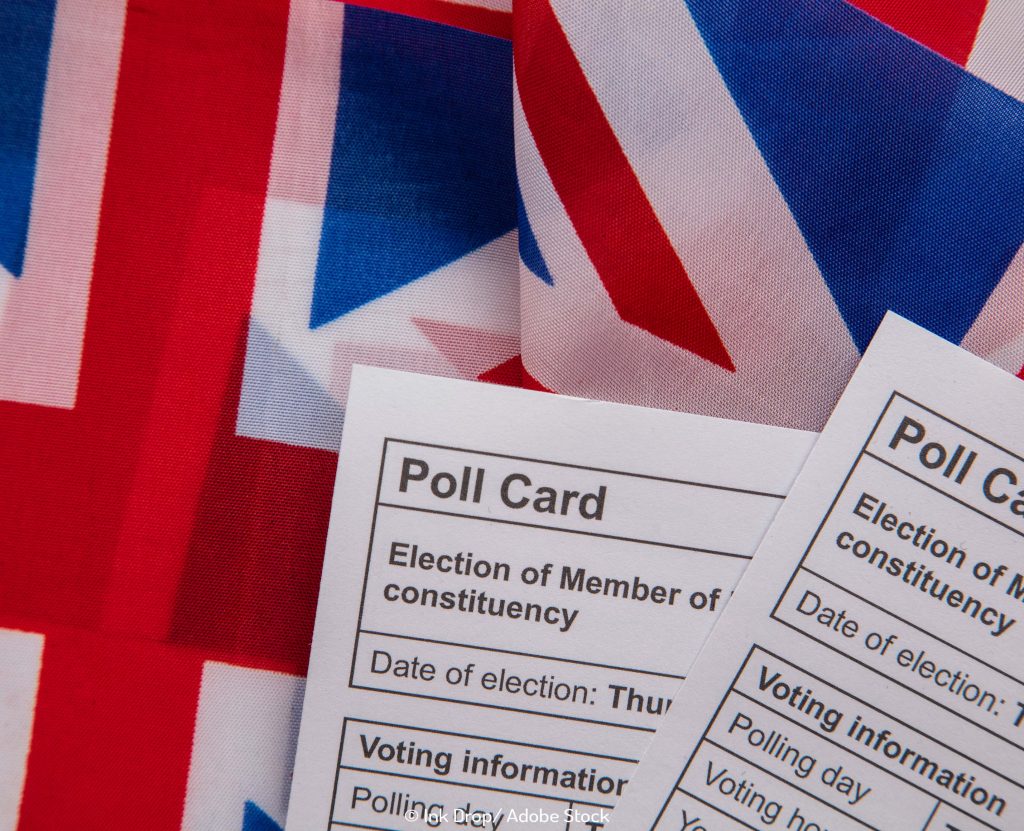
Renewable Energy Hit Record Growth In 2020 Despite the COVID-19 Crisis
With news last week that the New York State Common Retirement Fund, valued at $226bn (£169bn), has committed to divest from the riskiest fossil fuel companies by 2040 – it’s a good time to look at how 2020 has been for the renewables industry.
If you were looking for something to lift your spirits, the renewable industry would be it. The sector grew robustly this year and renewables will account for almost 90% of the global increase in total power capacity.
The IEA also reports that it expects the sector to accelerate in 2021 to its fastest growth in the last six years, plotting a trajectory that would see it become the largest power source in 2025, overtaking coal.
Dr. Fatih Birol, the IEA Executive Director said: “Renewable power is defying the difficulties caused by the pandemic, showing robust growth while other fuels struggle. The resilience and positive prospects of the sector are clearly reflected by continued strong appetite from investors – and the future looks even brighter with new capacity additions on course to set fresh records this year and next.”
There are several factors that boost renewables in the immediate future. As I mentioned at the start, what we’ll continue to see is pressure put on energy companies to reduce carbon emissions and tackle climate change because that’s what investors want to spend their money on. The IEA says shares in renewable equipment makers and project developers have outperformed major stock market indices.
And then, come January we’ll wave goodbye to the man who just tried to open drilling rights in the Arctic and say hello to the new US President who wants to re-join the Paris climate agreement, make US electricity production carbon-free by 2035 and make the country achieve net-zero emissions by the middle of the century.
It will be interesting to see what this does to the intentions of other countries.
Much of the drive-in 2020 came from China and the US where there have been appealing financial incentives. The IEA reports that these two countries will grow their solar and wind capacity by almost a third. India is expected to become a leader in the future – as a result of energy policies in place there too.
But analysis for the Guardian on the promise of a global green recovery this week showed that the EU is a frontrunner in spending money on the renewable sector, with 30% of the £677bn) Next Generation Recovery Fund to green ends. France and Germany have added an extra €30bn and €50bn respectively of their own stimulus money. However, some countries are ‘pouring in money to the fossil fuel economy to stave off a devasting recession’.
But not investing in green recovery risks missing out on the potential to create millions of jobs. Ed Barbier, professor of economics at Colorado State University, whose landmark study of the 2008 financial crisis pegged that recovery as about 16% green said: “There is huge potential for boosting employment, particularly in construction. He indicated measures such as installing home insulation, solar panels, and electric car charging infrastructure, which is labour-intensive and often “shovel-ready”.
In the UK in October, the Prime Minister launched his economic recovery plan with a Build Back Greener slogan. It commits to £12bn investment, anticipating the private sector will invest up to three times this amount. However, according to KPMG, this still falls around £30bn/yr short of the £75bn/yr which the Government itself said was needed to reach net-zero by 2050.
Next year’s COP 26 – which is being held in Glasgow – will be an important date in the calendar for the UK, when it can demonstrate global leadership post-Brexit – and also find common ground with the new Biden administration.


